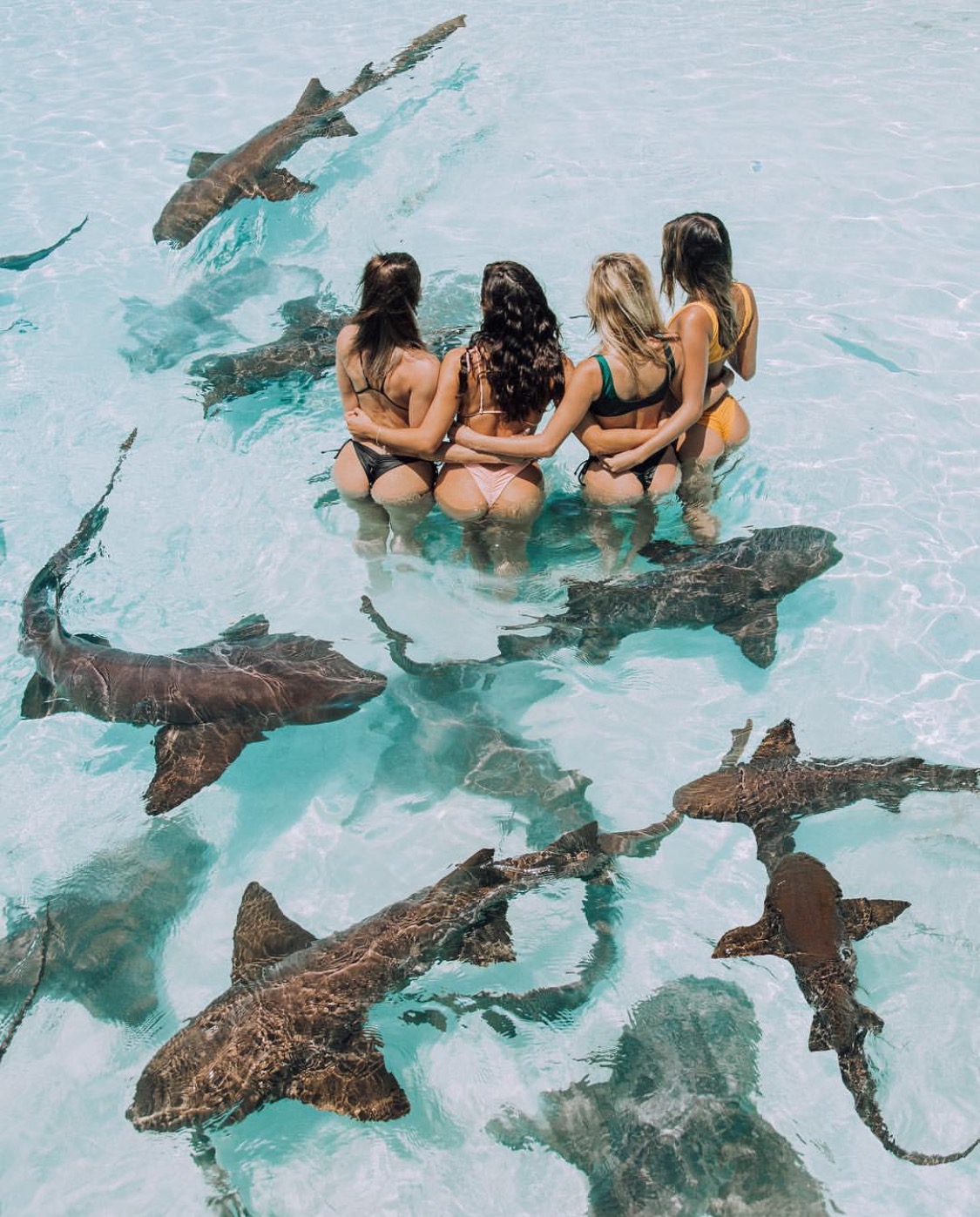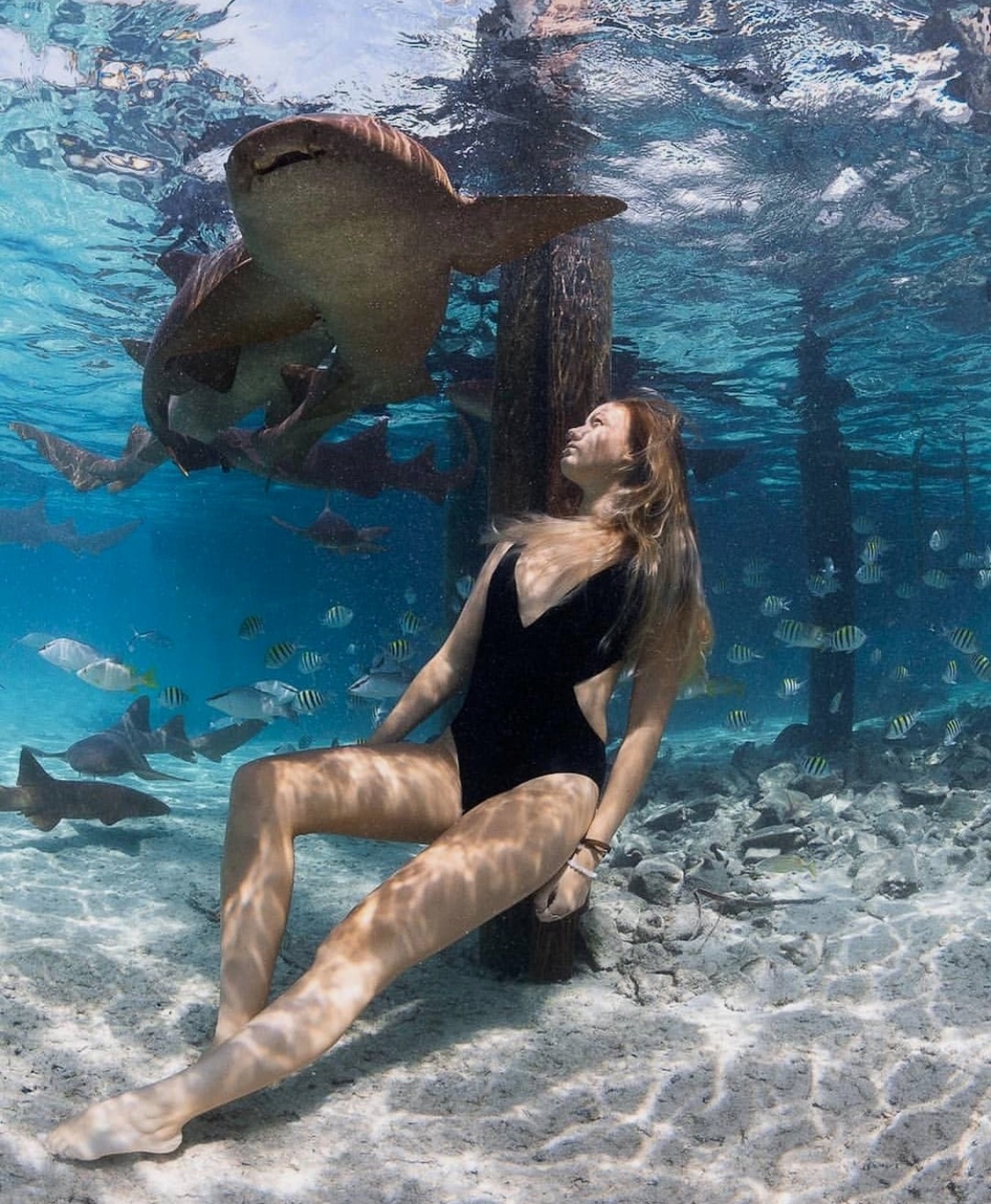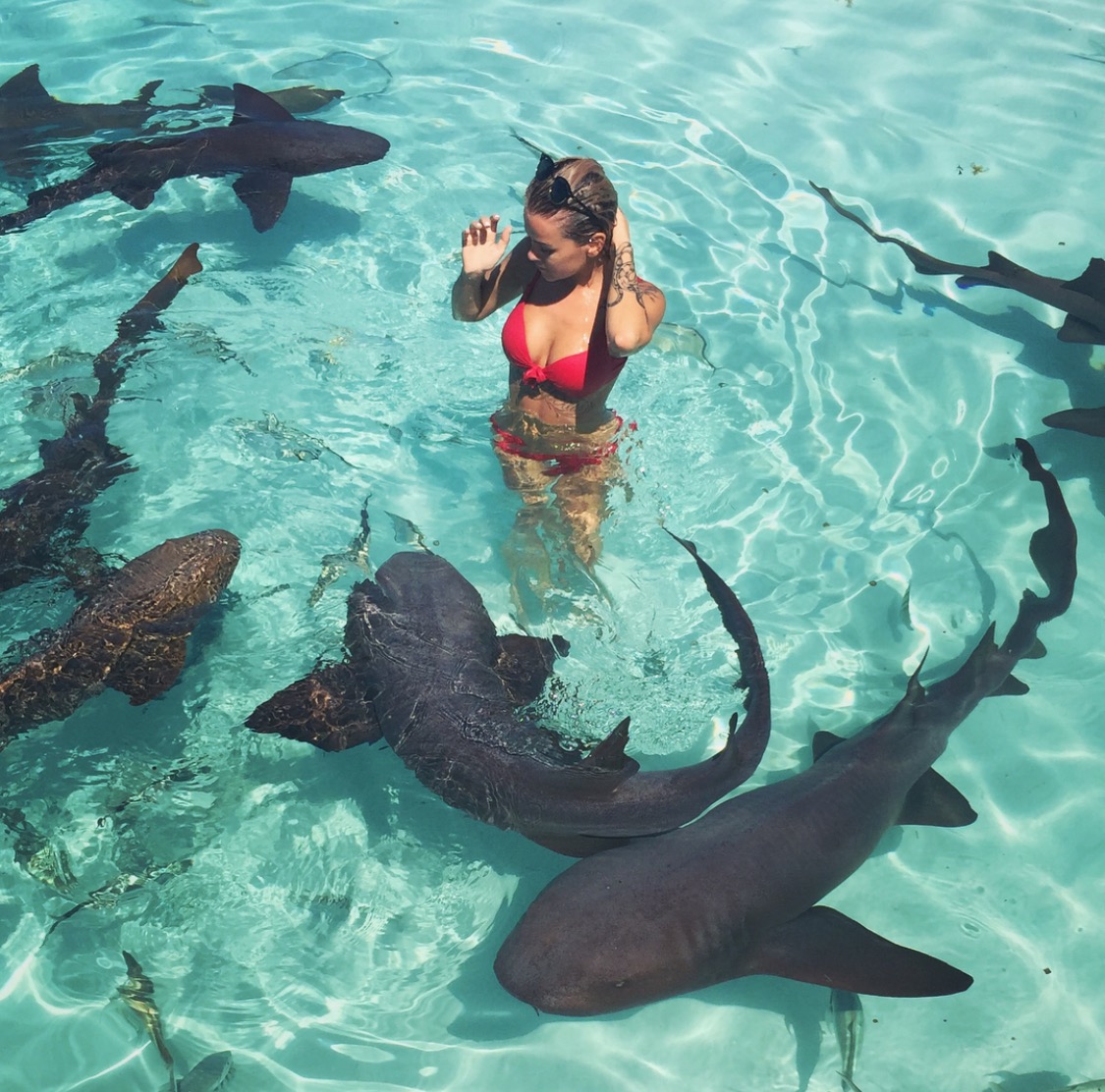Swimming alongside the largest fish in the sea is one of the ultimate bucket-list experiences. Lucky, then, that there are a handful of destinations around the world where in-season sightings of whale sharks are almost guaranteed.
Remember: keep a respectful distance from the gentle giants, resisting the urge to touch them or to use flash photography.
Isla Holbox, Mexico
A 25-minute boat ride from the mainland, Quintana Roo’s sleepy northernmost island is the antithesis of crazy Cancun, just 150km to the south.
* When to go: tours depart daily from June to September, when the whale sharks arrive to feed and mate. July to August is peak season.
* Where to stay: some tour companies offer speedboat pick-up from Cancun and Playa del Carmen, but relaxed Holbox is a great alternative to the main tourist centres (and closer to the sharks). Lodging ranges from cheap hostels (try Tribu Hostel) to mid-range guesthouses (Holbox Apartments and Suites) and a smattering of plush hotels such as Palapas del Sol (palapasdelsol.com).
* Operators: Willy’s (holboxwhalesharktours.net) is among the most reputable.
Utila, Honduras
One of the world’s cheapest destinations to get your dive ticket, this backpacker hub off Honduras’ Caribbean coast also boasts one of the world’s few year-round whale shark research centres.
* When to go: the highest concentration of sharks arrives between March and April, then in fewer numbers from September to Christmas.
* Where to stay: accommodation is mostly limited to dive hostels (try Underwater Vision; utilascubadiving.com). For more comfort, all-inclusive Deep Blue Utila (deepblueutila.com) offers dedicated whale shark trips in season.
* Operators: check in with the Whale Shark and Oceanic Research Centre (wsorc.org), or jump on one of the daily dive boats headed to the north side of the island, where most sharks are spotted.
Ningaloo Reef, Western Australia
Australia’s largest and most accessible fringing coral reef, Ningaloo lies around 1200km north of west coast capital Perth. Declared a Unesco World Heritage site in 2011, the 300km stretch is home to over 500 fish species.
* When to go: whale sharks arrive to feed between mid-March and July following a mass coral spawning.
* Where to stay: most tours depart from Exmouth, with pick-ups from local caravan parks and hotels including Mantarays Ningaloo Beach Resort.
* Operators: Ningaloo Whaleshark Swim (ningaloowhalesharks.com) have their own spotter plane, upping your chances of spotting sharks and spending more time swimming with them than you would on other tours.
Gladden Spit, Belize
A mass fish-spawning period between March and June draws whale sharks to Gladden Spit and Silk Cayes Marine Reserve (GSSCMR), around 40km off the southeastern coastal town of Placencia.
* When to go: April and May are the most consistent months for sightings; most are spotted a few days after the full moon.
* Where to stay: the sandy streets of Placencia, which loosely – and fittingly – translates to ‘Pleasant Point’, offers a handful of affordable cabana-style accommodation. Try Julia’s (juliascabanas.com). The more upscale Turtle Inn (coppolaresorts.com/turtleinn), also in Placencia, offers special whale shark packages in season.
* Operators: Placencia’s Sea Horse Dive Shop (belizescuba.com) runs diving and snorkelling tours to GSSCMR in season.
Donsol Bay, Philippines
When whale sharks were ‘discovered’ at this Luzon Island fishing village in 1998, it became one of the nation’s premier tourist destinations. Sightings are less frequent these days, but whale shark tourism is reportedly more ethical here than in Oslob, Cebu (where the sharks are fed).
* When to go: whale sharks generally arrive between November and June, peaking from February to April.
* Where to stay: surprisingly, Donsol is still a sleepy town with a handful of places to stay. Try Elysia Beach Resort (elysia-donsol.com) or Dancalan Beach Resort.
* Operators: Donsol EcoTour (donsolecotour.com) and Whale Shark Adventure and Tours (donsolwhaleshark.net) both offer single day tours and multi-day packages from Manila.
Tofo Beach, Mozambique
This tiny traveller’s haven – and scuba diver’s dream – 400km north of the capital Maputo is home to one of the largest concentrations of whale sharks in Africa thanks to a seemingly never-ending supply of plankton.
* When to go: sightings of 50-strong congregations are not uncommon from October to March.
* Where to stay: choose from backpacker lodges to more comfortable B&B’s like Baia Sonambula Guest House (baiasonambula.com).
* Operators: dive centres including TofoScuba (tofoscuba.co.za) and Diversity Scuba (diversityscuba.com) organise daily snorkelling trips in season.
South Mahé, Seychelles
Some of the earliest scientific whale shark records came from the Seychelles, where the placid beasts are well protected. The largest island in the Indian Ocean archipelago, Mahé is the best place to spot them.
* When to go: whale sharks migrate past Mahé between August and November, with sightings peaking in October.
* Where to stay: the Four Seasons Seychelles Dive Centre collaborates with the Marine Conservation Society Seychelles (mcss.sc) to provide snorkelling trips during October with the help of a microlight aircraft.
* Operators: MCSS-run trips are the way to go.
Koh Tao, Thailand
Just north of legendary party island Koh Phangan in the Gulf of Thailand, Koh Tao is famous for its cheap diving. Whale sharks are often spotted around Chumphon Pinnacle, just a 15-minute boat ride from the island.
* When to go: whale shark encounters are a pot-luck affair in these parts, but they’ve been spotted year-round, especially from April to June.
* Where to stay: prices drop if you sign up for a scuba course at comfortable dive lodges like Bans or Big Blue.
* Operators: dedicated snorkelling trips aren’t the norm, so if you’re not a diver, ask if you can tag along with a dive boat headed to a whale shark hotspot.
South Ari Atoll, Maldives
Whale sharks are year-round residents of the Maldives, tending to favour the western side of the Indian Ocean archipelago from May to December, then heading to the east until April. South Ari Atoll is a Marine Protected Area.
* When to go: Operators in the area run weekly, year-round snorkelling trips to South Ari. You can track whale shark sightings as they happen by downloading the local Maldives Whale Shark Research Programme’s (maldiveswhalesharkresearch.org) Whale Shark Network Maldives app.
* Where to stay: many island resorts and guesthouses offer their own tours. The MWSRP are partnered with TME Retreats Maldives (tme.mv), so this is a good choice.
* Operators: contact the MWSRP or TME Retreats for more information.
Bay of Ghoubbet, Djibouti
This discrete bay, tucked neatly at the western end of the Gulf of Tadjoura, is one of the most dependable places in the world to swim with whale sharks. It’s not uncommon for several of the giants to be cruising so close to shore that it’s possible to snorkel out to see them. Live-aboard boats are also possible to dive with whale sharks in more remote locales.
* When to go: whale sharks generally start arriving in late October, and remain in the bay until February. Peak season is November to January.
* Where to stay: there’s no accommodation of note along the bay itself, so base yourself in Djibouti City. Try the Atlantic Hotel or save a few bob at the great-value Le Héron Auberge (aubergeleheron.net).
* Operators: Dolphin (dolphinservices.com) and Siyyan Travel & Leisure (dive-lucy.com) both operate live-aboard dive expeditions and day-long snorkelling trips.







